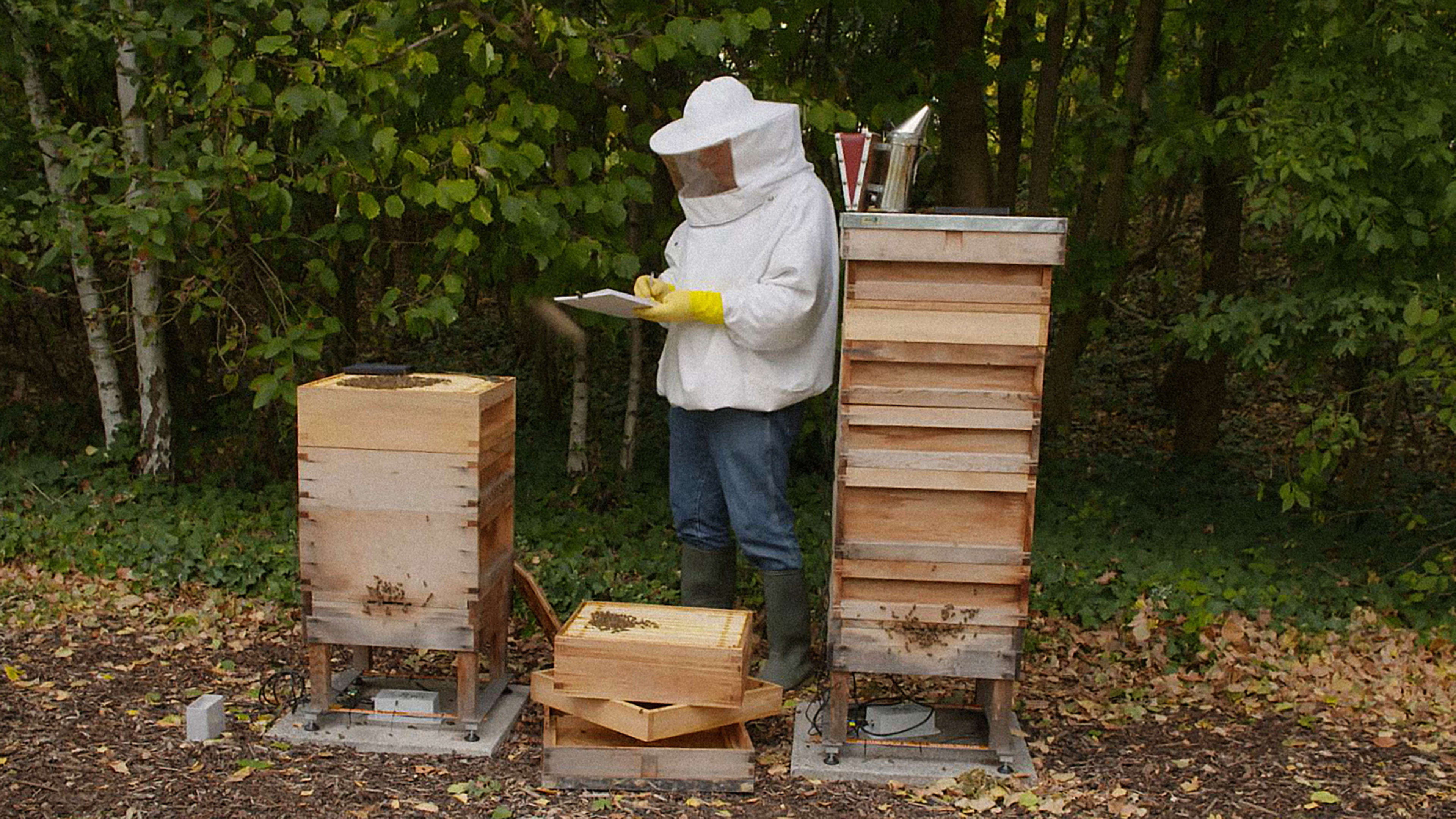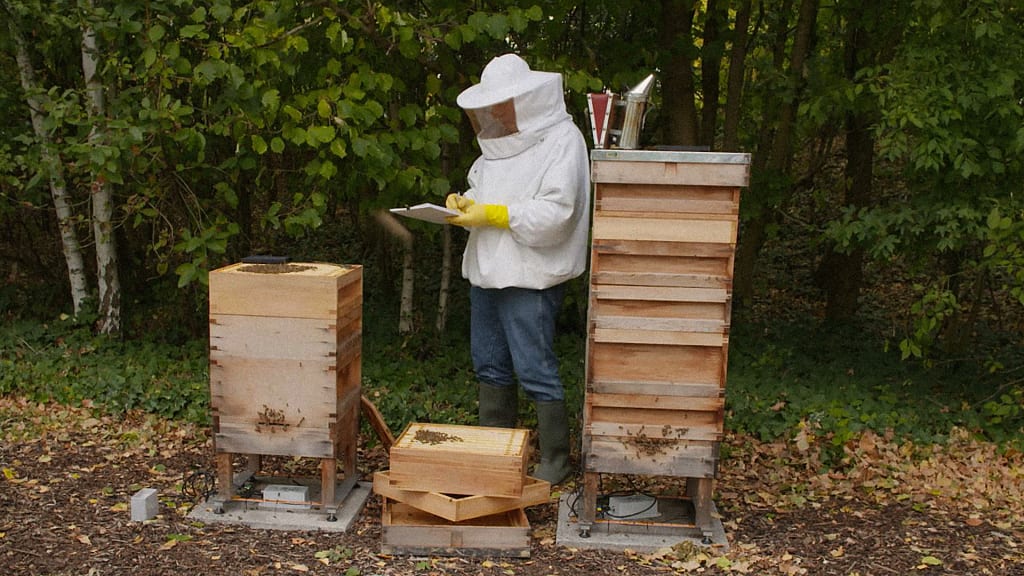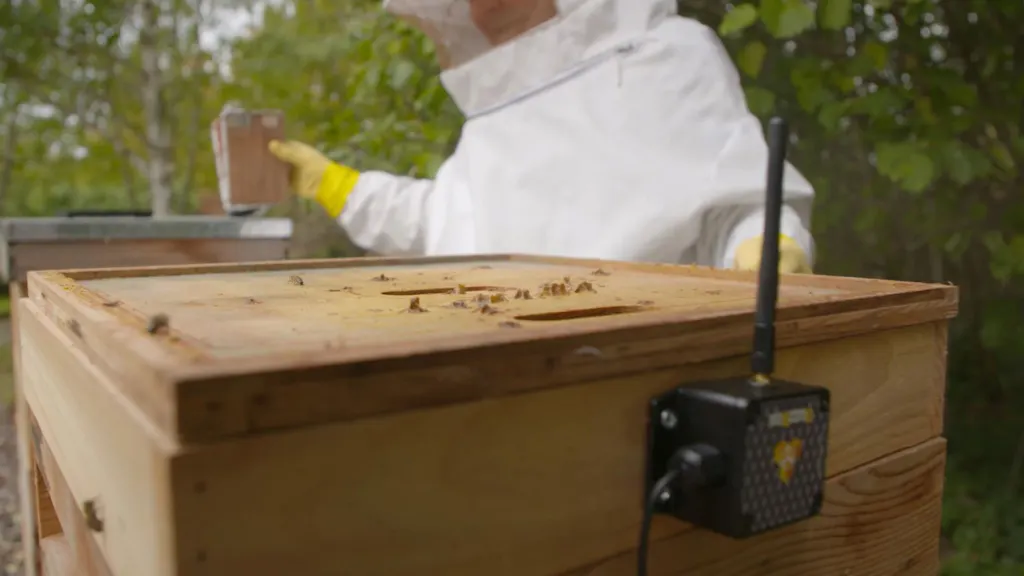Behind an office building at Oracle’s U.K. headquarters in Reading, two beehives are connected to the company’s cloud. One sensor on each hive captures the sound of buzzing; one captures humidity. Another measures the weight of the honey. In total, five or six sensors per hive send data to the cloud, where it’s analyzed along with other local data like the weather and pollution levels.
It’s the start of what Oracle, working with the nonprofit The World Bee Project, hopes will be a global network of beehives connected to their cloud and analyzed with artificial intelligence. In recent years, pollinator species like honeybees have dwindled dramatically, stricken by disease, climate change, pesticides, and stress. Through this new method of data collection and analysis, the partnership wants to give pollinators a shot at survival.
[Image: Oracle]“It’s good for scientists, because they can see how individual hives are operating, and it’s good for the beekeeper, because we could actually give the beekeeper early threat analysis if there’s trouble ahead,” says John Abel, VP of Cloud for Oracle UK, Ireland and Israel, who is leading the project at Oracle.
Sensors on beehives aren’t new, but combining it with other publicly available data and using AI and machine learning to analyze it should yield new insights for researchers aiming to understand challenges for bees. In England, the honeybee population dropped 54% between 1985 and 2005. The data can help researchers study how land use, for example, impacts bee health, and better understand insect diseases and other threats.
The insights can also help backyard beekeepers learn how to keep their hives healthy, or determine whether their hive is in the wrong location. “We can start giving the beekeeper the knowledge of what makes the best-optimized hive,” Abel says. Rather than looking solely at the hive, the analysis can look at the surrounding environment, pollution, and factors like local agricultural practices. The data can be used to tell beekeepers where to place a hive, how to set it up, and how to yield more honey from a hive.
The team is working with local researchers to train its software to recognize patterns in the data. Soundwave patterns can indicate if a hive is healthy or unwell, or if an invasive predator has entered the hive. Another sound pattern could signal if the bees are swarming, which is something that beekeepers want to prevent if it happens at the wrong time of year. The technology can also remotely detect problems like a low food supply. Beekeepers can use the data to plan inspections, feeding, and other interventions with the least disruption to the bees.
As the network scales up and more data is gathered in the cloud, the better researchers will be able to analyze it. “We really want as much data as we can get,” Abel says. “The better the data, the [bigger] volume of the data, the more velocity, the more we can make accurate predictions.”
Recognize your brand’s excellence by applying to this year’s Brands That Matter Awards before the early-rate deadline, May 3.







